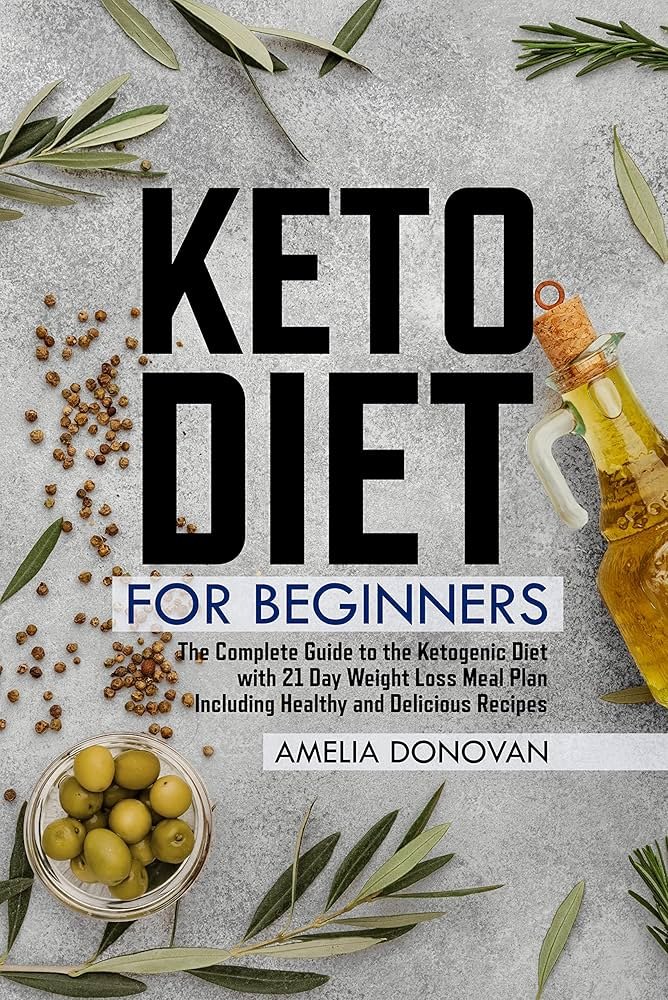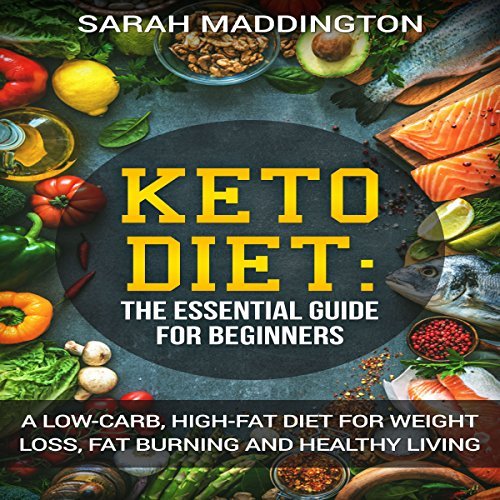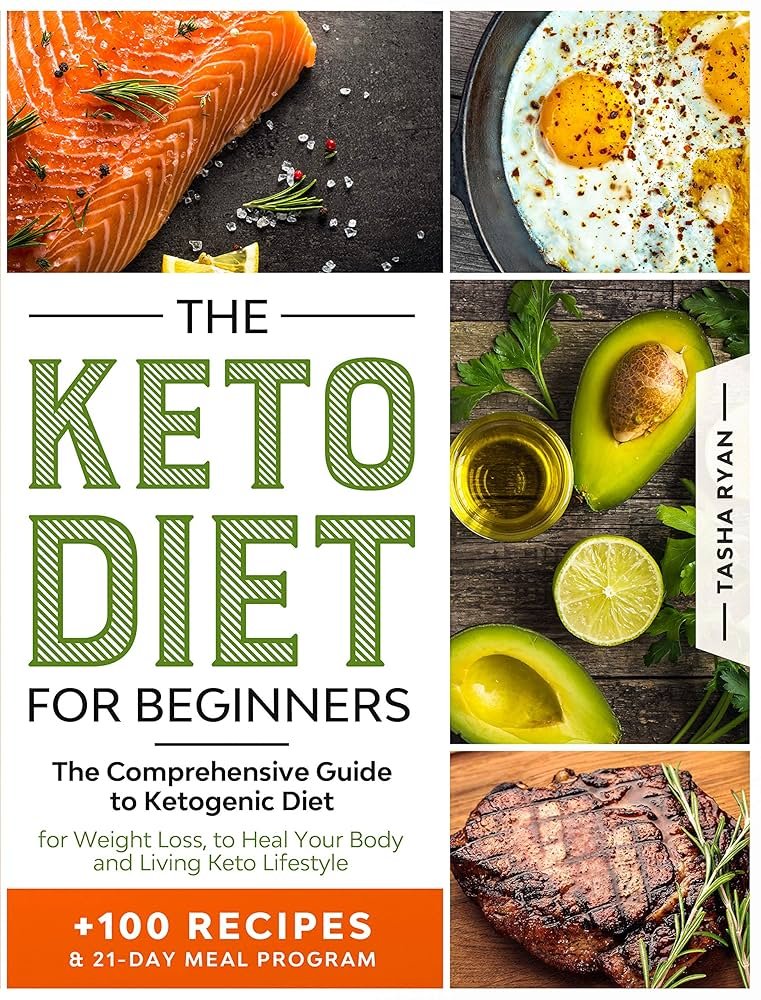Introduction to the Keto Diet
Have you been curious about the Keto Diet but not sure where to start? This complete guide will provide you with all the essential information you need to know as a beginner. The Keto Diet, also known as the Ketogenic Diet, has been around for over nine decades and has gained popularity for its weight loss benefits and overall health improvements.
What is the Keto Diet?
The Keto Diet is a low-carb, high-fat diet that aims to switch the body’s primary fuel source from glucose to dietary fat. By drastically reducing carbohydrate intake and increasing healthy fat consumption, the body enters a metabolic state called ketosis. This leads to increased fat burning for energy, making it an effective way to lose weight and improve various health markers.
The Science Behind the Keto Diet
The main premise of the Keto Diet is to reduce carbohydrate intake, which lowers blood sugar and insulin levels. This reduction in carbohydrates forces the body to burn stored fat for fuel, leading to weight loss. The high fat content of the diet provides sustained energy and helps regulate hunger hormones, making it easier to control food intake and maintain a calorie deficit.
Getting Started on the Keto Diet
If you’re interested in trying out the Keto Diet, here are a few essential steps to get you started:
- Reduce Carbohydrate Intake: Limit your daily carb intake to around 20-50 grams to induce ketosis.
- Increase Healthy Fats: Focus on consuming healthy fats such as avocados, nuts, seeds, and olive oil.
- Moderate Protein Intake: Protein intake should be moderate to prevent excess gluconeogenesis.

This image is property of Amazon.com.
Health Benefits of the Keto Diet
Embarking on the Keto Diet can offer a wide range of health benefits beyond weight loss. Let’s explore some of the key advantages of following a ketogenic lifestyle.
Weight Loss
One of the primary reasons people turn to the Keto Diet is its ability to promote weight loss. By restricting carbohydrates and increasing fat intake, the body shifts into a state of ketosis, where it burns fat for energy. This can lead to significant weight loss, especially in individuals who are obese or overweight.
Improved Cardiovascular Health
Contrary to popular belief, the Keto Diet can actually improve cardiovascular risk factors such as high blood pressure, cholesterol levels, and triglycerides. The diet’s emphasis on healthy fats and limited sugar intake can lead to a reduction in inflammation and improved heart health.
Increased Energy Levels
Many individuals report experiencing higher energy levels and increased mental clarity when following the Keto Diet. By utilizing fat for fuel instead of carbohydrates, the body can maintain stable energy levels throughout the day without the peaks and crashes associated with carb-heavy diets.
Reduced Hunger Levels
One of the hormonal effects of the Keto Diet is a reduction in hunger levels. By regulating hormones such as ghrelin and leptin, the Keto Diet can help control appetite and prevent overeating. This can be particularly beneficial for individuals looking to lose weight or maintain a healthy lifestyle.
Types of Ketogenic Diets
There are several variations of the Keto Diet, each with its own specific guidelines and target goals. Understanding the different types of ketogenic diets can help you choose the one that best suits your needs and preferences.
Standard Ketogenic Diet (SKD)
The Standard Ketogenic Diet is the most common and widely practiced version of the Keto Diet. It typically consists of high fat (70-75% of total calories), moderate protein (20-25% of total calories), and low carbohydrate (5-10% of total calories) intake. This ratio helps induce and maintain ketosis for optimal fat burning and weight loss.
Targeted Ketogenic Diet (TKD)
The Targeted Ketogenic Diet is geared towards individuals who engage in high-intensity workouts and need an extra energy source for performance. With TKD, you can consume a small amount of fast-digesting carbs before exercise to fuel your workout without interrupting ketosis. This approach is ideal for athletes or active individuals looking to optimize their performance.
Cyclical Ketogenic Diet (CKD)
The Cyclical Ketogenic Diet involves cycling between periods of high carbohydrate intake and strict keto days. This approach is often used by athletes or bodybuilders to replenish glycogen stores and maximize performance. By strategically incorporating carb refeeds, you can maintain muscle mass and improve workout recovery without sacrificing the benefits of ketosis.

This image is property of Amazon.com.
Foods to Eat on the Keto Diet
Adhering to a keto lifestyle means making conscious choices about the foods you consume. Here are some keto-friendly foods that you can enjoy while following the Keto Diet:
Healthy Fats
- Avocados
- Olive oil
- Coconut oil
- Nuts and seeds
- Grass-fed butter
Protein Sources
- Salmon
- Eggs
- Chicken
- Turkey
- Grass-fed beef
Low-Carb Vegetables
- Spinach
- Broccoli
- Cauliflower
- Zucchini
- Kale
Dairy Products
- Cheese
- Greek yogurt
- Heavy cream
- Cottage cheese
- Butter
Condiments and Spices
- Salt
- Pepper
- Garlic
- Herbs
- Vinegar

This image is property of Amazon.com.
Foods to Avoid on the Keto Diet
Eliminating high-carb and processed foods is essential for maintaining ketosis and reaping the benefits of the Keto Diet. Here are some foods to avoid while following a ketogenic lifestyle:
High-Carb Foods
- Bread
- Pasta
- Rice
- Potatoes
- Sugary beverages
Sugary Snacks
- Candy
- Cookies
- Pastries
- Ice cream
- Soda
Processed Foods
- Fast food
- Ready-made meals
- Processed meats
- Sugary cereals
- Margarine
High-Sugar Fruits
- Bananas
- Grapes
- Mangos
- Pineapples
- Oranges
Sweetened Condiments
- Ketchup
- Barbecue sauce
- Salad dressings
- Syrups
- Honey

This image is property of Amazon.com.
Tips for Success on the Keto Diet
Embarking on a new dietary regimen can be challenging, but with the right strategies in place, you can set yourself up for success on the Keto Diet. Here are some tips to help you stay on track and achieve your health and weight loss goals:
- Meal Planning: Plan your meals in advance to ensure you have keto-friendly options available and prevent impulsive eating.
- Stay Hydrated: Drink plenty of water throughout the day to stay hydrated, curb cravings, and support metabolic processes.
- Monitor Carbohydrate Intake: Track your daily carb intake to stay within the recommended range for ketosis and fat burning.
- Incorporate Exercise: Combine the Keto Diet with regular physical activity to maximize weight loss, muscle retention, and overall health.
- Be Patient: Give your body time to adapt to the dietary changes and trust the process of ketosis for long-term results.
By following these tips and staying committed to your keto journey, you can experience the transformative effects of the Keto Diet and achieve your health and wellness goals. Remember that everyone’s body is unique, so it’s essential to listen to your body’s signals and adjust your diet accordingly for optimal results. Happy keto-ing!

This image is property of Amazon.com.
